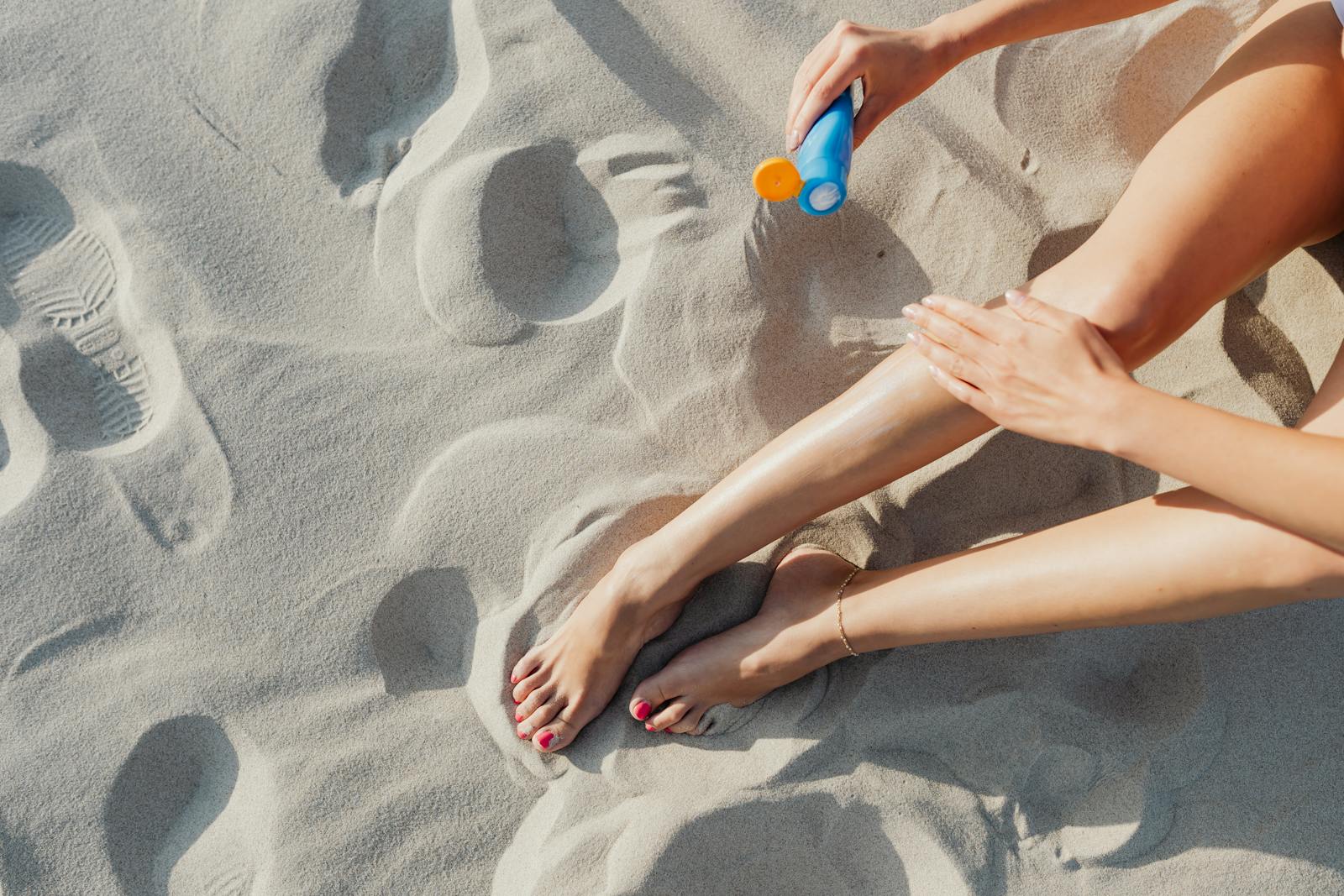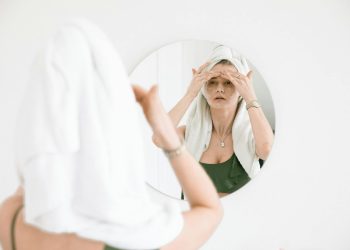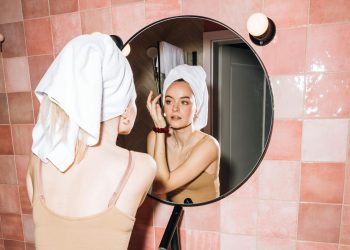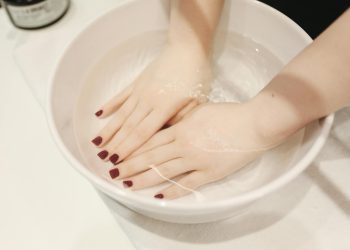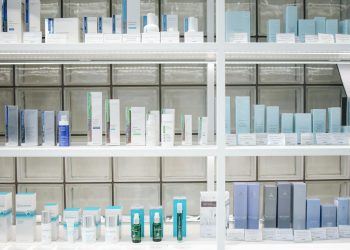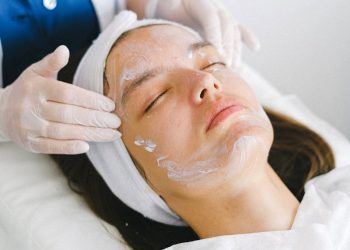In an age dominated by digital innovation, virtually every facet of human experience is being transformed—including the world of beauty. Technology has played a monumental role in shaping how we define, experience, and express beauty. From the ways beauty products are formulated and applied to the development of new ways to enhance our appearances, technology has revolutionized the beauty industry in profound ways. But the influence of technology reaches far beyond makeup or skincare; it has altered societal perceptions of beauty, giving rise to new standards and redefining the concept itself.
This essay explores how technology is changing beauty, from the introduction of advanced skincare ingredients and virtual beauty try-ons to the rise of augmented reality (AR) in beauty apps and AI-powered algorithms reshaping our interactions with beauty brands. It is a story not only of technical advancements but also of shifting cultural paradigms, where technology is both a tool for personal empowerment and a challenge to our traditional notions of beauty.
The Rise of Smart Skincare: Personalized Solutions for Every Skin
One of the most notable technological advancements in the beauty world has been the development of smart skincare devices and AI-powered diagnostics. The idea of skincare has always been linked to personal care, but technology has made it more personalized and tailored than ever before. With the advent of tools that assess skin health, identify concerns, and provide real-time advice, skincare has become a more proactive and data-driven approach.
Devices like the Foreo Luna or Clarisonic facial brushes once represented the future of skincare, but now, there are even more sophisticated tools that offer insights into our skin’s needs. For example, some beauty apps, such as those from brands like L’Oréal and Estée Lauder, use AI and machine learning algorithms to analyze users’ skin based on uploaded selfies or skin scans. They can recommend specific products suited to a person’s unique skin type, sensitivities, and conditions. These devices and apps not only give users a more accurate understanding of their skin but also empower them with data-driven guidance that enables more informed decisions about skincare routines.
Moreover, the rise of advanced beauty products with scientific backing—such as retinoids, peptides, and hyaluronic acid—has been accelerated by biotechnology. Brands like SkinCeuticals and The Ordinary have pushed the boundaries of skincare formulation, using cutting-edge research to bring potent and effective ingredients to the consumer. The ability to scientifically tailor solutions for individual needs is a direct result of technological progress in both product development and skincare diagnostics.
Virtual Try-Ons: Changing the Way We Shop for Beauty
Technology has also reshaped the way we shop for beauty products. Virtual try-on technology, which allows consumers to see how makeup will look on their faces without physically applying it, has become increasingly common. Virtual try-ons use augmented reality (AR) to superimpose makeup onto a user’s image in real-time, providing a highly interactive and personalized shopping experience. With the help of virtual mirrors or AR-based apps like those offered by Sephora, MAC, and L’Oréal, customers can experiment with different makeup looks and shades from the comfort of their own homes.
This innovation has not only streamlined the shopping experience but also democratized beauty. No longer must customers rely solely on store lighting or limited product samples to make their decisions. Virtual try-ons provide an instant and more accurate representation of how a product will look, accounting for skin tone, lighting conditions, and even texture. Additionally, these digital tools have allowed users to experiment with bold and creative makeup looks they may not have previously considered, expanding the possibilities of self-expression through beauty.
The rise of virtual try-ons has also helped consumers make more informed and confident decisions about which products to buy. With the ability to “try before they buy,” consumers are less likely to waste money on products that may not suit their preferences or skin tones. It also reduces the pressure of in-person shopping, creating a more relaxed, stress-free experience.
Social Media and Beauty Standards: A Double-Edged Sword
As much as technology has empowered consumers to explore beauty on their own terms, it has also introduced new challenges, especially concerning societal beauty standards. Social media platforms, powered by algorithms that prioritize specific types of content, have contributed to the proliferation of certain beauty ideals. Instagram, TikTok, and YouTube are teeming with influencers who shape trends and set standards, often with the aid of technology.
The widespread use of filters, face-tuning apps, and editing software has made it easier than ever to create flawless images. While this has led to the rise of highly polished beauty ideals, it has also spurred conversations around the authenticity of online beauty. The portrayal of “perfection” through technological means has created an environment where many people feel pressured to conform to unrealistic standards. The flawless selfies and augmented reality filters that populate social media may create feelings of inadequacy or self-doubt among viewers who compare themselves to these digitally altered images.
On the flip side, social media has also been a platform for challenging these traditional beauty standards. Influencers and activists are increasingly using digital platforms to promote body positivity, inclusivity, and the rejection of unattainable beauty ideals. The growing acceptance of diverse body types, skin colors, and gender identities in beauty content is one example of how technology can be used as a force for positive change. The use of beauty filters and apps to normalize imperfections, like acne, scars, or stretch marks, has also helped shift the narrative, promoting a more inclusive and realistic portrayal of beauty.
Artificial Intelligence and Beauty Recommendations: The Role of Algorithms
Another significant way technology is reshaping beauty is through artificial intelligence (AI). Beauty companies are now using AI to tailor beauty recommendations based on user preferences, previous purchases, and even online behavior. Algorithms track how customers interact with websites, allowing brands to suggest personalized products that best suit their needs.
AI-powered beauty advisors, such as those offered by companies like IBM and L’Oréal, can analyze customers’ skin and preferences, offering real-time advice on which products to purchase or how to use them. These algorithms constantly refine themselves based on user feedback, improving the accuracy and relevance of product recommendations over time. Furthermore, AI-driven systems enable the creation of virtual beauty consultants who can interact with customers in a highly personalized manner, helping them select products that match their skin tone, texture, and specific beauty needs.
But the influence of AI doesn’t stop at product recommendations. Many beauty brands are integrating AI into the production of their goods. Through data analysis and customer feedback, companies are able to innovate new formulations that more effectively meet consumer demands. AI-powered systems are also being used to predict trends, analyze consumer sentiment, and identify gaps in the market. In this way, technology not only enhances the consumer experience but also drives innovation at every level of the beauty industry.
Ethical Concerns and the Future of Beauty Technology
Despite all the benefits technology has brought to the beauty industry, there are also significant ethical concerns that need to be addressed. For instance, the widespread use of AI and data collection raises issues about privacy. Beauty companies using consumer data for personalized recommendations must ensure that their practices comply with privacy regulations and that users’ data is not exploited. Moreover, AI systems must be designed to avoid reinforcing existing biases, such as racial or gender biases, which can affect product recommendations and beauty standards.
Additionally, the growing use of deepfake technology and digital manipulation poses the risk of exacerbating the pressure to look perfect. While filters and beauty apps are fun tools, they can also distort reality and contribute to unrealistic beauty expectations. It’s important for the beauty industry to find ways to balance technological innovation with authenticity, ensuring that the consumer’s self-worth is not tied solely to the images they see online.
Looking ahead, it seems likely that the beauty industry will continue to evolve alongside technological advances. We may see further developments in genetic skincare, where DNA is used to predict a person’s future skin needs, or in 3D printing, which could allow consumers to create custom beauty products at home. The future of beauty is undoubtedly digital, but it must be navigated with an awareness of the ethical implications that come with these changes.


